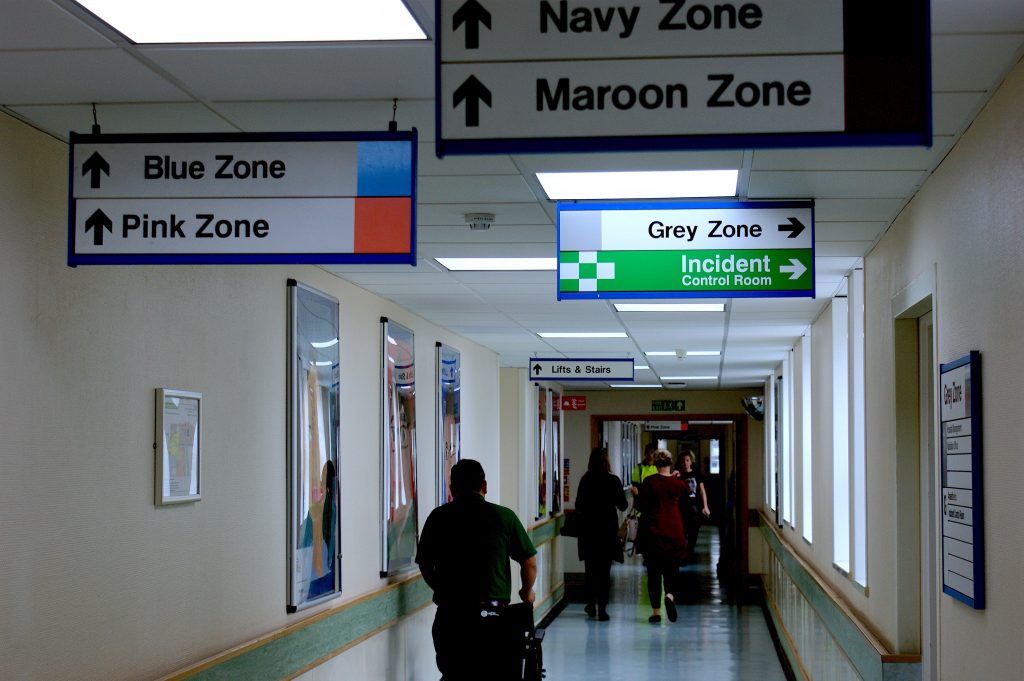Referral-to-treatment (RTT) times in England saw a sharp rise in August, reaching nearly 24 weeks, and far exceeding the target of 18 weeks. RTT times had shown an improvement in June, and the sudden increase in August is thought to be due to rapid growth in the number of patients on the wait list, as well as the shape of the list changing as the longest waiting times had also grown.
This has implications for one of the commitments made in the NHS Long Term Plan, which promised that ‘anyone who has been waiting for six months will be reviewed and given the option of faster treatment at an alternative provider’. Patients that exceed the six-month elective waiting time, however, will not be offered much choice, as elective waiting times exceed the threshold in many parts of the country.
Prioritising patient need over geographical location is definitely a move in the right direction, and feeds into the wider NHS ambition to become more joined-up and patient-centric in the delivery of its care, but the offer of treatment at an alternative provider is at odds with the realities of a healthcare system that is not yet fully digitalised. In practical terms, the alternative provider would need fast access to patient records and notes from other parts of the country, and often from wholly different systems, that isn’t yet possible.
The NHS needs to be able to support clinicians to care for patients by providing them with timely information, and this will require a seamless flow of data and information. Interoperability is one of the main focuses of the recently formed NHSX, part of the overarching aim to use data to improve patient care and population health. As patient demand continues to grow, interoperability will be essential if the NHS is able to fulfil its promise and allow patients to access treatment from their provider of choice, regardless of their location.
Beautiful Information has a long history of delivering products for managing waiting lists and patient pathways. At East Kent Hospitals University Foundation NHS Trust (EKHUFT) a suite of Patient Tracking Lists (PTLs) has been developed for the monitoring and validation of waiting lists. These PTLs have incorporated algorithms to allow end users to efficiently validate pathways against known and predicted conditions, as well as operational managers to view pathway performance in real-time on mobile devices.
The PTLs have simple interface which sits on top of complex datasets, both of which can be used to assess regional capacity in order to help operational staff implement the NHS Long Term Plan’s ambition of patients efficiently accessing other providers.
For more details on our work with the NHS in Kent, contact paul.clark@beautifulinformation.org.
